2 Comments
Ehlers Danlos Syndrome is one of the most common connective tissue disorders. The basic problem is that the recipe that the body uses to make collagen is defective. Imagine if a carpenter used a blueprint to build a house that called for not timbers and nails but for greensticks and bubble gum? There is connective tissue throughout the body, and when this tissue is defective it can cause weakness and dysfunction in a wide range of body systems. There are several subtypes within the syndrome. One person may primarily have issues with joints moving beyond the normal range of motion. Another may have problems with blood vessels bursting. I have had EDS my entire life but was diagnosed at the age of 55. Before my diagnosis, I didn’t realize the disease occurs on a spectrum from mild to severe. My sister, on the other hand, was severely affected with EDS. She was so hypermobile her joints would literally fall out of the socket. Once a co-worker gave her a High Five and it took the hospital 4 hrs to secure her joint back into the socket. Her shoulders would even dislocate when she was sleeping. Can you imagine waking from a deep sleep with a dislocated shoulder? She had surgery to keep her joints in place. People with EDS, however, do not heal well from surgery, because healing is accomplished by collagen, and people with EDS have a faulty recipe for collagen. Surgery can make pain and disability worse for the person with EDS. Moreover, people with EDS are predisposed to developing chronic pain syndromes, especially following surgery. My sister was disabled by age 35. My EDS manifestations were milder, but they were always there. People with connective tissue disorders tend to be unusually bendy, but their muscles are often rigid to stabilize abnormally loose joints. When I was a kid, I usually chose to sit in weird positions that made other people cringe. I could easily put my legs behind my head. Many people believe that it is a wonderful thing to have a highly flexible body. After all, those healthy yoga masters that achieve enviable degrees of flexibility are the picture of optimal health. But the yoga master has worked to achieve not only flexibility, but also muscular strength and balance. Many people with EDS have extreme flexibility but have weak or unbalanced musculature. Often, one group of muscles is strong, but the opposing ground of muscles is uncommonly weak, setting the stage for injury. As people with EDS live their lives, their joints are always moving beyond the healthy range of motion, and that causes damage. Joints that move out of place put pressure on nerves and other structures and cause damage. Over time, people with EDS are more prone to joint disease and torn tendons. This damage can lead to freezing and immobilization of joints. For my first few decades of life, my shoulders would subluxate whenever I reached over my head. If I reached for a book on a shelf and sneezed, one or both shoulders would slip out, then slip back in. It was very painful, and every time it happened the joint became weaker. In grade school, I frequently sprained my ankles. In high school my knees would collapse. Id be walking across the cafeteria and a knee would give out, and there I was on the ground with my lunch on top of me. In my 20’s, while I was working as a paramedic, my sacroiliac joints began to slip and lock. I knew I was bendy but didn’t realize that my hypermobility represented a disease process. I saw my sister dealing with her truly serious issues and never considered that I also had a connective tissue disorder because I was only dealing with sprains, slipped joints and fainting. Then I was 55, a physical therapist noticed my hypermobility and suggested I might have a connective tissue disorder. My PCP had me evaluated, I was diagnosed, and suddenly my life made sense. As it turns out, my mother probably has a mild manifestation of EDS, while my child is severely affected and is currently on disability. Building strong muscles can compensate for weak, stretchy ligaments. Most people with eds benefit greatly from physical therapy and customized exercise programs. Knowing I have EDS allows me to maximize my health and strategize about preventative maintenance that will improve my long-term health.
|
AuthorBonnie Gruenberg is a certified nurse-midwife, artist, author, photographer, blogger, and hobby farmer. She also struggles with the challenges of a chronic connective tissue disease: Ehlers Danlos Syndrome. Archives
May 2022
Categories |
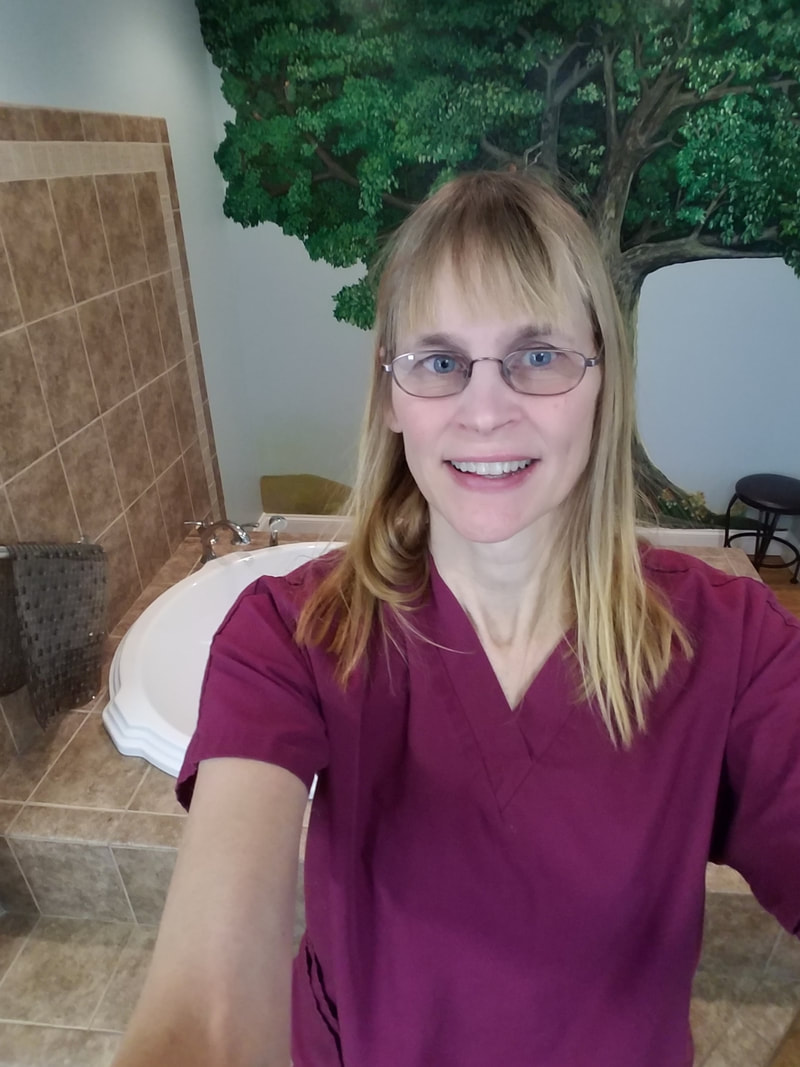



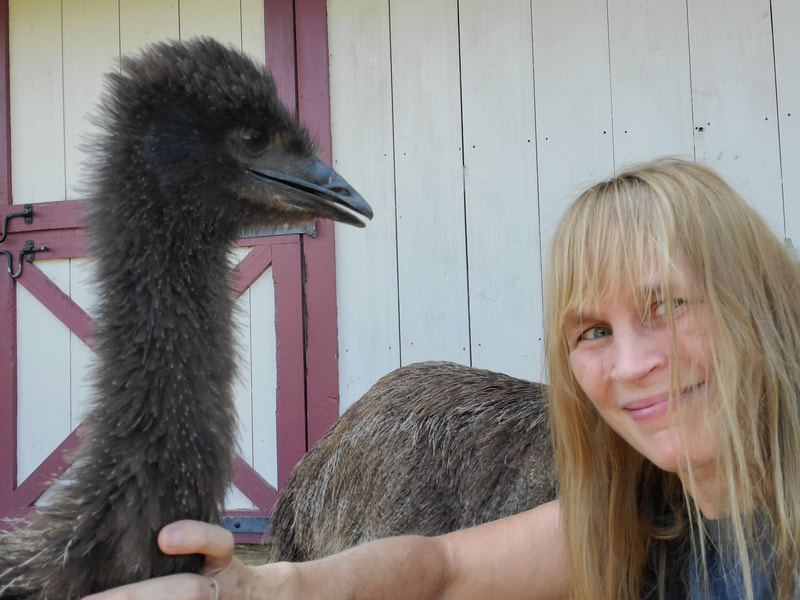


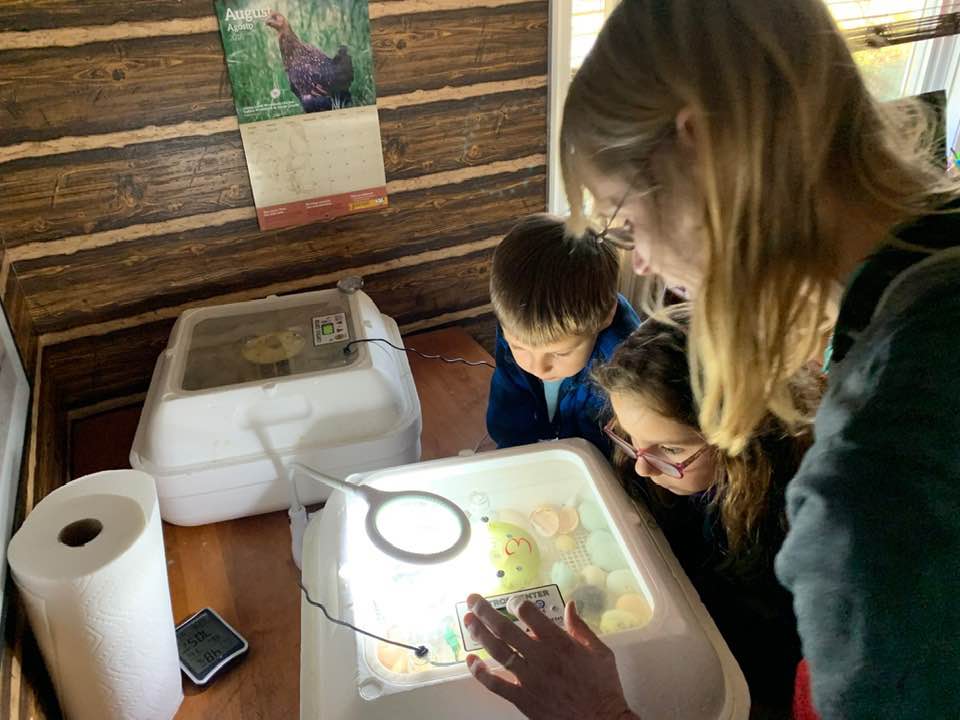


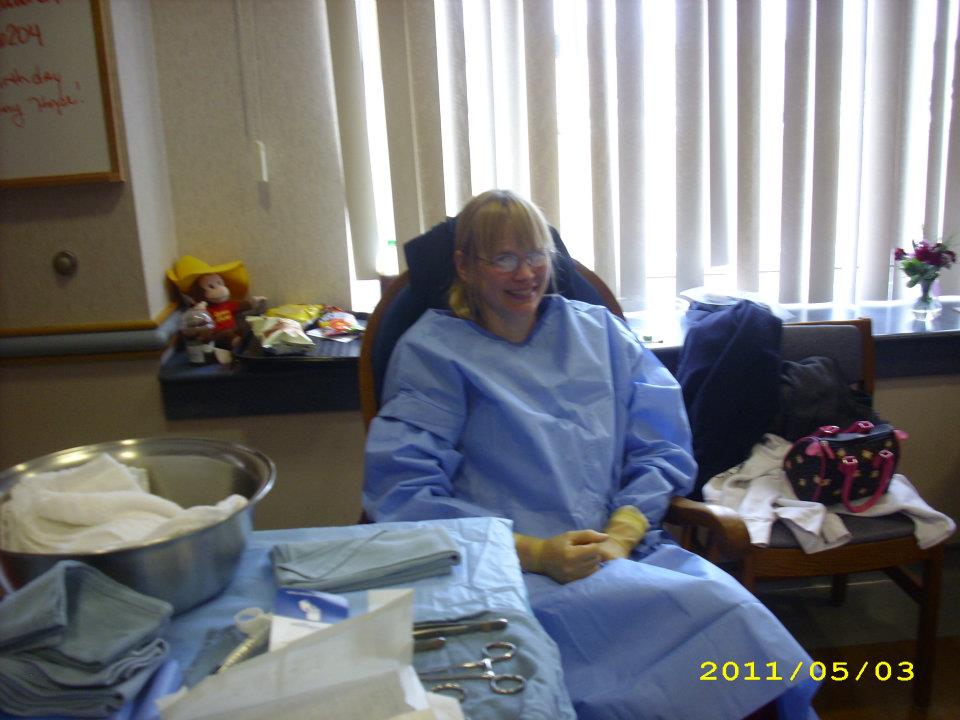
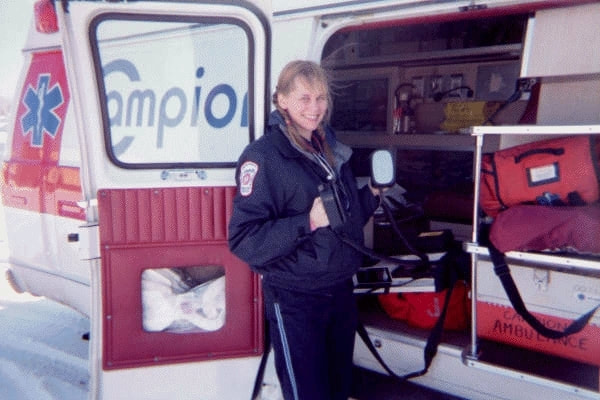
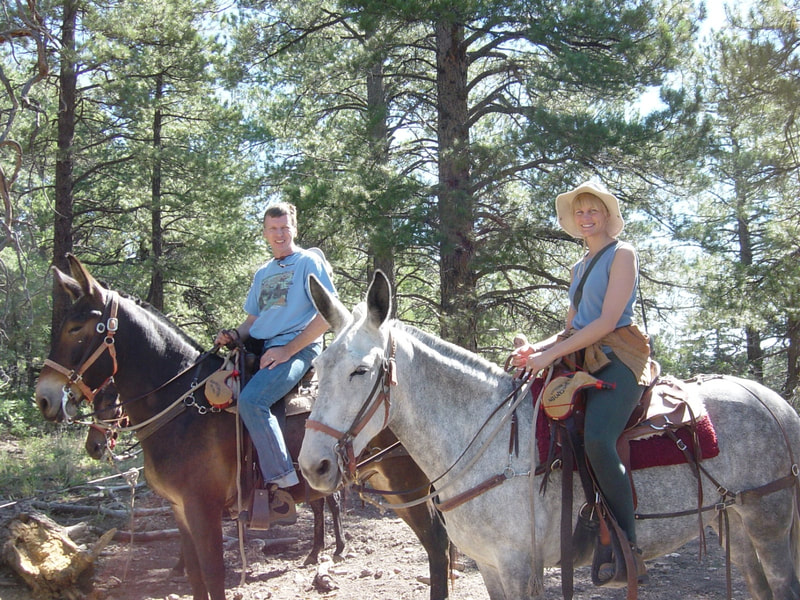

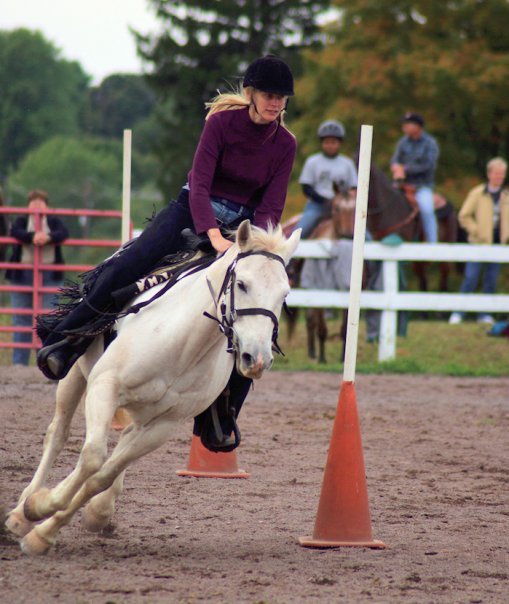

 RSS Feed
RSS Feed
